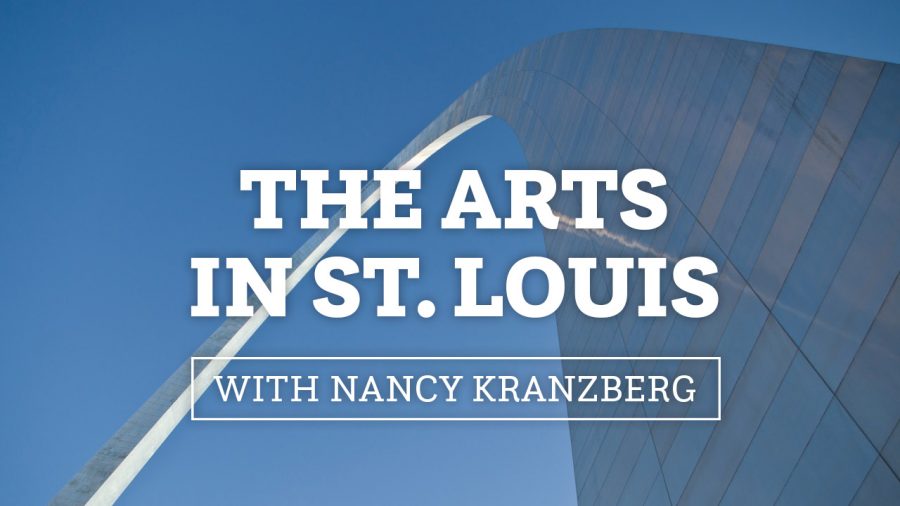The land can serve as the stuff of great art
Published July 16, 2021
Walking through nature’s work of art in parks all over during these crazy times, I started thinking about artists and how they interpret the beauty and grandeur of it all in their own ways. Landscape art is the most obvious, but land art or earthworks are other ways that artists express their feelings and reactions to the Earth and its conditions.
Land art is an art movement that emerged in the 1960s and 1970s largely associated with Great Britain and the United States. As a trend, “land art” expanded boundaries of art by the materials used and the siting of the works. The materials used were often the materials of the Earth, including the soil, rocks, vegetation, and water found on-site, and the sites of the works were often distant from population centers. Though sometimes inaccessible, photo documentation was commonly brought back to the urban art gallery.
Those involved in the movement were concerned about the commercialization of art and many became involved in ecological issues. Included in the movement were feelings of spirituality and the planet Earth being a home to humanity.
ADVERTISEMENT
When I think of earthworks or land art many artists come to mind. The leader of the pack was Robert Smithson who was most influenced by minimalist artists. He began by bringing dirt and rocks from his many hikes and treks and placing them in galleries and museums. His most well-known work was “Spiral Jetty,” which is an earthwork sculpture constructed in 1970, built or constructed on the Northeastern shore of the Great Salt Lake in Utah made from rock and salt. It was originally submerged in water but due to drought became visible.

Agnes Denes is another land art pioneer from the 1960s and works in a wide range of media. She was influenced by philosophy, mathematics, poetry and science and is concerned with land reclamation. Her “Wheatfield – A Confrontation” of 1982 was one of her well-known works. For this project,
Denes planted a field of golden wheat on a 2-acre vacant lot situated between Wall Street and the former World Trade Center in lower Manhattan. Over the course of four months her crop grew to maturity, yielding more than 1,000 pounds of wheat, which was harvested at the end of the project and disseminated around the world.
ADVERTISEMENT
Thinking way back and around the world, I think of Stonehenge in England and the Nazca Lines of Peru. The Nazca Lines are a group of very large geoglyphs made in the soil of the Nazca desert in southern Peru created in 500 BCE by people making depressions and leaving colored dirt exposed. Many contemporary artists have been influenced by these ancient works.
But you don’t have to go way back in time or way far away to see fascinating works. On a walk through Laumeier Sculpture Park in Sunset Hills, I saw earthworks by artists Beverly Pepper and Michael Heizer.
Pepper selected and designed her work “Cromlech Glen” to be an integral part of a heavily wooded environment in the park. Resembling an earthen amphitheater, the sculpture offers up a gathering place to present poetry readings, musical performances or even a peaceful site for meditation.
And Curator Dana Turkovic reminded me that on the nature trail at Laumeier is the 1968 work “Compression Line,” by Heizer. This work is a hollow, rectangular steel chamber embedded in the earth, pinched at the center. Like many of his sculptures, this form is inspired by archeological excavations. In this piece, Heizer creates a COR-TEN steel crack in the earth, encouraging the viewer to think about the meeting point between the natural and built environments.
Kristen Fleischman Brewer, the Pulitzer Arts Foundation’s deputy director of public engagement, recently gave me a tour of “Park-Like,” a green space located across the street from the Pulitzer. The space is a sustainably designed green space for visitors to meander along the grass pathways, investigate plants and wildlife in an urban setting and be delighted by unexpected perspectives. The garden comprises both native and non-native plants, as well as found built materials that have been transformed into water filtration systems, retaining structures, seating and play space. The project was designed by Studio Land Arts to absorb stormwater runoff and reduce the impact on urban drainage and sewer systems while creating a site for wildlife and the public to enjoy.
Studio Land Arts is run by artist and landscape designer Chris Carl and based in Granite City, Ill.
As we find with most art disciplines, the lines get very blurry between disciplines. In discussions the differences and similarities and overlaps of land art and earth art, environmental art, and environmental sculpture, landscape design, garden design and conceptual art. Authorities in the different fields have not determined a crystallized definition of these fields. The definitions often differ from discipline to discipline and even country to country.
No matter how we slice it, we have a vast field of enjoying artistic interpretations of art and nature all over the world.















